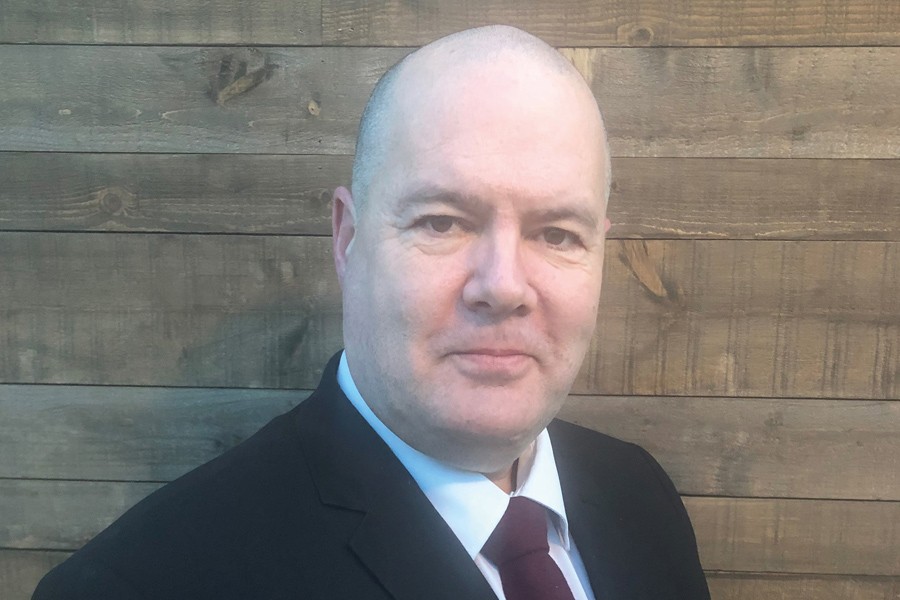Alan Jackson provides flooring contractors with information about anhydrite screeds and the need for sanding.
THERE are many floor screed systems in the marketplace and the selection criteria people use to specify their screed of choice will look at many different aspects of performance. Strength, thickness, thermal performance, drying time and many other characteristics all play a part in the specifier’s decision making process.
One thing which is often cited as a reason for selection is whether or not the screed requires sanding after installation. Anhydrite screeds are sometimes rejected owing to the inaccurate perception that there’s a requirement to sand them. It might surprise you to read that the need for sanding should never be a criterion. Why?
To put it in its simplest terms ALL screeds, regardless of type, once they have set and just prior to the application of bonded floorcoverings, should be subjected to light mechanical abrasion using a suitable sanding machine with typically a 60grit or medium sandpaper.
This could be by using a large industrial floor sander or could just as easily be a small orbital sander, a pole sander or even a handheld piece of sandpaper. The choice will depend on the size and nature of the floor. The fact that ALL screeds should be sanded means that there is no logic to selecting a screed on that basis.
So why do we mechanically abrade screeds? The action of applying light mechanical abrasion, or sanding, serves many purposes. Firstly it removes dirt and debris from the screed which might have been left in place during the construction process.
It also produces a key to the screed surface to allow primers and adhesives to more easily adhere to the screed surface. If the screed has produced a loose, friable particulate layer or laitance on its surface then sanding will also easily remove this.
Mechanical abrasion is a simple operation using simple machines, but it’s often confused with scabbling, grinding and scarifying, all of which are aggressive techniques reserved for applications other than abrading the surface of a screed. They’re definitely not appropriate to use on anhydrite screeds.
Finished floorcoverings installers are sometimes concerned about anhydrite screeds and occasionally go to great lengths to remove inappropriate quantities of the screed surface. There can be a propensity to over-sand, or even grind the screed, to provide a very rough surface or in an attempt to expose coarse aggregate, in the mistaken belief this will help bond strengths for final floorcoverings.
Anhydrite screeds contain no coarse aggregate so this in itself is clearly a paradoxical practice doomed to failure. In actual fact over-sanding can be counterproductive and is more often than not completely unnecessary. Laitance is often stated as the reason for this level of effort.
Laitance is often misunderstood and occurs with all screed types regardless of binder mechanisms used. It’s simply the layer of particulate matter which migrates to the surface of the screed with bleed water during initial setting. There’s the mistaken perception that if it’s not removed early from the screed it impedes drying.
Independent testing that has been carried out concludes this isn’t the case. There’s a perception that if it’s left in place for too long then it becomes hard to remove. The fact is if it cannot be removed without a great deal of effort it doesn’t need to be removed at all. Another misguided notion is that all anhydrite screeds produce laitance and so must be sanded more than other screed types.
In fact there are several anhydrite screeds that use specialised technology at mixing stage, which prevent the formation of loose friable laitance. People often forget or ignore the real reasons for sanding the floor screed ie the removal of site debris, to provide a key and to remove loose and friable particulates from its surface.
The surface of the screed needs to be hard and free from loose extraneous construction debris. So in essence anhydrite screeds require no more sanding than any other screed types. Therefore the need for sanding isn’t an appropriate criterion on which to base a screed selection.
Alan Jackson is national commercial manager, Gypsol – UK and Ireland


